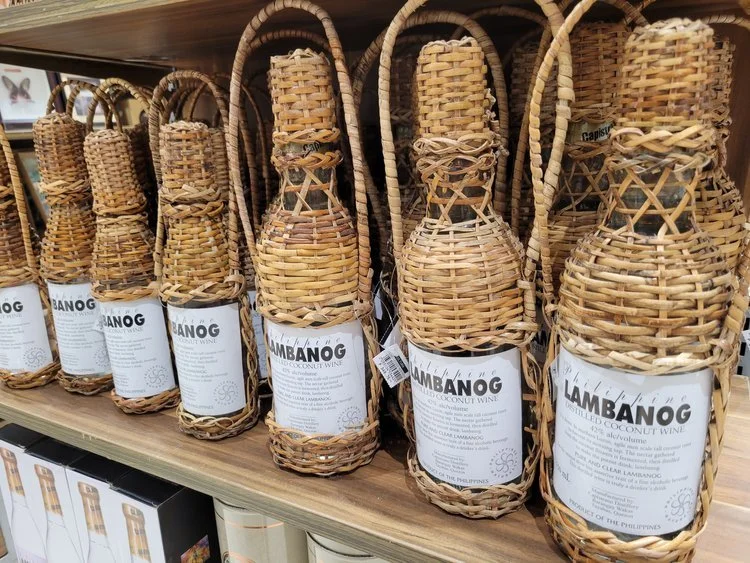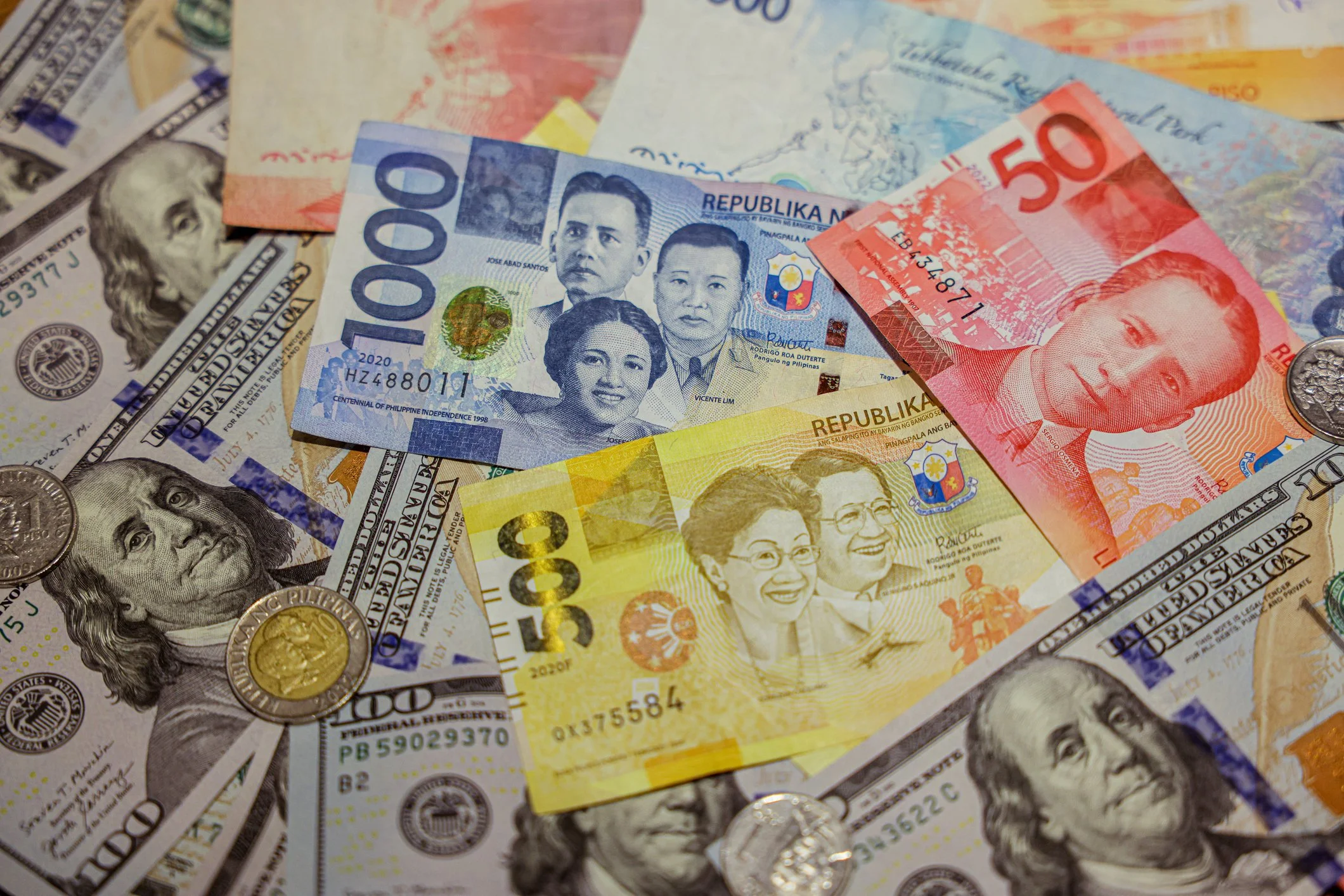Philippine Coconut Wine and Its Ties to Anti-Colonial Resistance
Did you know that the coconut alcoholic drinks of the Philippines is an item of great importance to Philippine history and holds a special place in the hearts of Filipinos as they fought against invaders and colonialism? Its true, this fermented wine made from the sap of coconut “flowers”, also known as inflorescence, is a long-standing symbol of great national pride because of its presence and usage during many battles in our motherland’s past.
First things first, what is Coconut Wine?
Coconut wine is known as tuba, bahal, or bahalina in the Visayas Islands, and as lambanog in Luzon. The distinction between them lies in their composition and color. The lambanog produced in Luzon is made from pure sap, resulting in a nearly transparent or whitish liquid, which is sometimes referred to as coconut vodka. On the other hand, in the Visayas Islands, particularly in Leyte, tuba is created by blending the coconut sap with barok, the reddish bark of the mangrove tree, resulting in red-colored tuba, also known as coconut red wine.
What is Coconut Wine’s connection to anti-colonialism?
Tuba has been consumed in the Philippines since pre-colonial times and is considered an authentic Filipino cultural item. It was used in ceremonial services and cultural events.
According to 16th-century Spanish diaries, a type of alcoholic drink was served as a welcoming beverage and consumed through a reed straw. According to this diary, it is highly likely the very drink served during the feast that welcomed Ferdinand Magellan and his army to Cebu.
Unfortunately, as we all know, this warm welcome quickly dissipated as conflict between Magellan and Lapu-lapu came to a head when the Spanish threatened to destroy homes and coconut trees if they did not submit to converting to Catholicism, resulting in a battle that led to Magellan's death.
The Philippines would later come into larger conflicts with Spain and other occupying countries. But it is said that brave warriors would drink the coconut wine before battle as it used to strengthen and empower those who drank it. It has then become a cultural drink linked to perseverance and a strong will to fight rights and land of the Filipino People. To this day, it is a symbol of pride and resistance.
Coconut Wine is introduced to Mexico and influences their tequila production.
Tuba is also linked to beverages like tequila and mezcal, which were created using similar fermentation techniques and that may have been introduced to Mexico by Filipino sailors during the Manila-Acapulco trade (Galleon Trade). The Galleon Trade connected the Philippines and Mexico for more than two and a half centuries starting in 1565.
To this day, Tuba remains popular in some Mexican cities, especially in modern day Colima where the Galleon Traders were said to have planted their first coconuts. As this “vin de coco” became popular, its fermentation techniques were later applied to agave, resulting in the creation of tequila. Although it's unclear how much the Philippines contributed to the invention of these other distilled alcoholic drinks, historians are confident that Mexico has the Philippines to thank for the migration and introduction of the coconut and coconut wine to the Americas.
Written By Julian Noche
you may want to read more about

















A tragic incident struck Vancouver’s Lapu Lapu Festival as an SUV drove into a crowd, leaving multiple dead and injured. The driver is in custody. Stay updated as this story unfolds and join us in keeping the Filipino community in our thoughts.